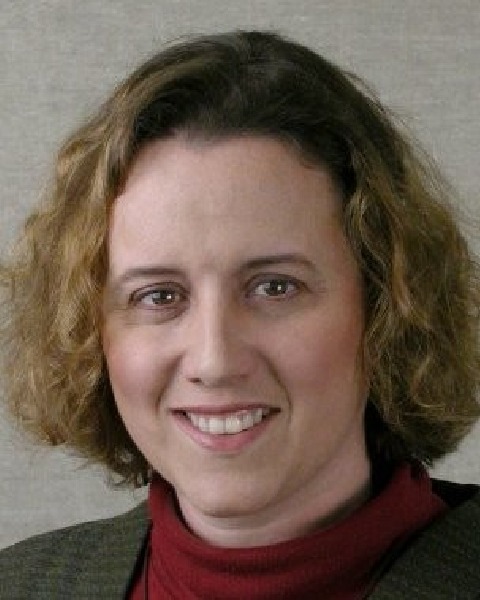Back
Platform
AQMM
Session : Environmental Justice and Community Monitoring
1166693 - Hyperlocal Air Pollution Intelligence in Support of Community-Focused Emissions Reductions
Tuesday, June 28, 2022
1:30pm – 1:50pm PT
Location: Marina

Melissa Lunden, PhD
Chief Scientist
Aclima
San Francisco, CA
Primary Author(s)
Research has shown that air pollutant concentrations can be up to eight times higher from one block to the next, and these pockets of elevated pollution persist over time. Proximity to known and unknown sources of emissions impacts air quality in this way at a hyperlocal scale. This session will detail both concrete and theoretical applications of hyperlocal air pollution data and intelligence in community-focused emissions reductions planning, implementation, benchmarking and scaling.
Next-generation hyperlocal air pollution and greenhouse gas measurement and analysis can identify neighborhoods that are disproportionately impacted by air pollution, target interventions, and track progress over time. To illustrate this, Dr. Melissa Lunden will share applications of mobile air monitoring and analysis in the California Assembly Bill 617 communities of West Oakland, Richmond-San Pablo, East LA/Boyle Heights/West Commerce, and San Bernardino/Muscoy. She will also discuss emerging air monitoring technologies and analysis techniques including an algorithmic approach to accurately locating natural gas leaks. In addition, Dr. Lunden will provide an overview of how multiple signals can be combined to provide environmental intelligence in context with key factors including land use, population density, climate risk, demographics, and health outcomes. This presentation will provide attendees with examples of real-world hyperlocal air pollution intelligence that supports community-focused emissions reductions, highlighting challenges faced and discoveries made along the way.
Next-generation hyperlocal air pollution and greenhouse gas measurement and analysis can identify neighborhoods that are disproportionately impacted by air pollution, target interventions, and track progress over time. To illustrate this, Dr. Melissa Lunden will share applications of mobile air monitoring and analysis in the California Assembly Bill 617 communities of West Oakland, Richmond-San Pablo, East LA/Boyle Heights/West Commerce, and San Bernardino/Muscoy. She will also discuss emerging air monitoring technologies and analysis techniques including an algorithmic approach to accurately locating natural gas leaks. In addition, Dr. Lunden will provide an overview of how multiple signals can be combined to provide environmental intelligence in context with key factors including land use, population density, climate risk, demographics, and health outcomes. This presentation will provide attendees with examples of real-world hyperlocal air pollution intelligence that supports community-focused emissions reductions, highlighting challenges faced and discoveries made along the way.

.jpg)
